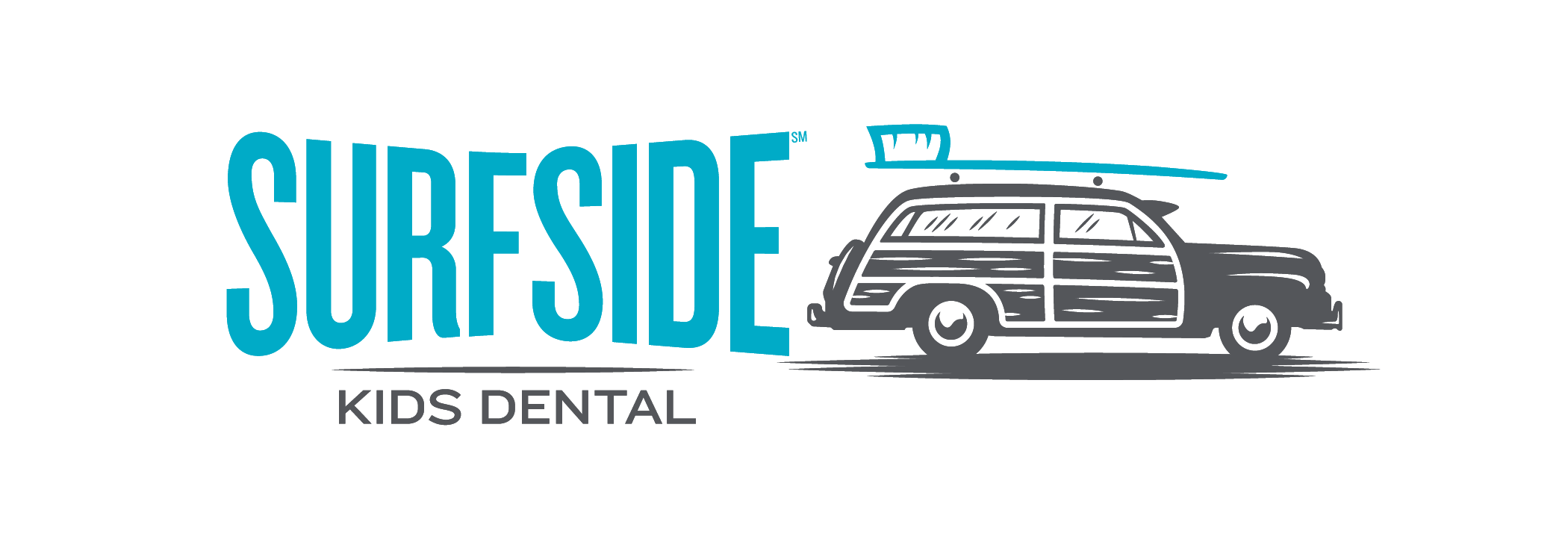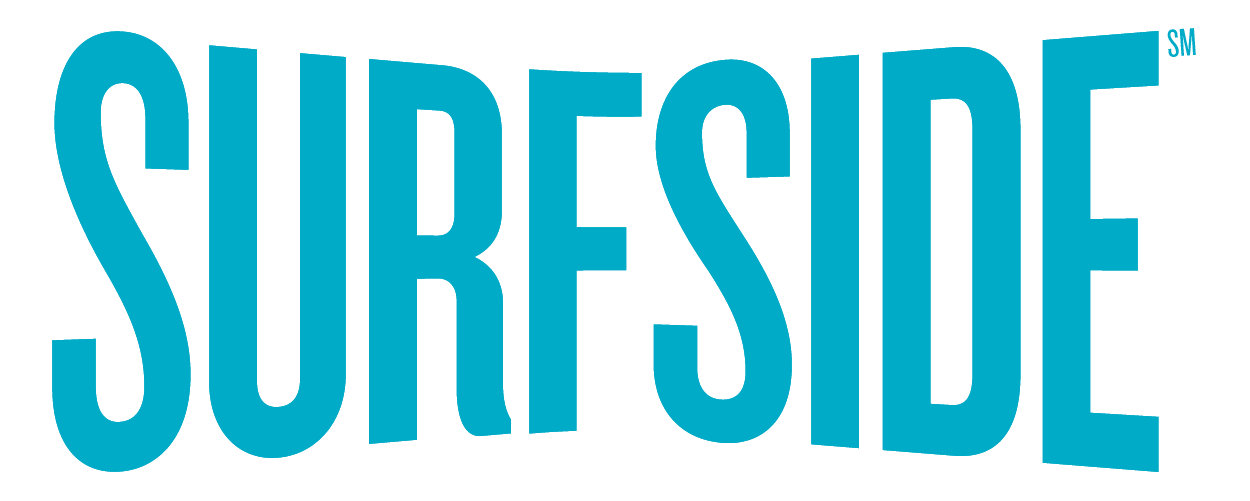Sleep Apnea in Kids
Should You Be Concerned About Sleep Apnea in Kids?
Children, like adults, can snore, too. In fact, according to some studies, about 20 percent of children snore occasionally while seven to 10 percent snore nightly.
Snoring is not always a sign that there is something wrong with your child. However, snoring can be a big issue when your child struggles to breathe.
Obstructive sleep apnea in kids or OSA occurs when the child snorts or gasps for air while sleeping. Children with OSA also seem to suck in their chest while their breathing starts and stops while sleeping. These starts and stops in breathing are caused by the narrowing or closing of the throat during sleep.
OSA is a serious problem that requires the immediate attention of qualified professionals. Left unchecked, this medical condition can cause delayed growth, heart failure, and school and behavioral problems in kids.
Because a child suffering from sleep apnea cannot get ample rest during the night, he may exhibit some symptoms that are often associated with ADHD including hyperactivity, nervousness and lack of concentration. Some children are diagnosed with ADHD when in fact they have OSA. If the child indeed has ADHD, sleep apnea can worsen his condition.
How do you know if your child is suffering from sleep apnea? What are the signs to look for?
Children who suffer from OSA often sleep in unusual positions and snore loudly and often. You might notice that their breathing stops for brief periods or they may snort or gasp. Some children are awakened when their breathing is disrupted. Many children with OSA sweat heavily through the night and are often cranky upon waking up. They are also quite difficult to wake up the following morning.
However, the only way to really tell whether your child is suffering from OSA or not is to bring him to a sleep specialist who has experience working with children. Your child will then be asked to stay for one night at the sleep center for a sleep study or polysomnogram. During the sleep study, sensors will be placed on various parts of your child’s body which will allow the sleep specialist to study his sleep activity, including his heartbeat, brain waves, breathing, and leg and eye movements. The following morning, the sleep specialist will tell you whether your child is indeed suffering from sleep apnea.
If your child has been diagnosed with OSA, the next relevant question to ask is how to treat sleep apnea in a child.
One treatment option for children with sleep apnea is the removal of the tonsils through surgery. In some children with sleep apnea, large tonsils and adenoids cause the issue and removing these can solve the problem. On the other hand, if the sleep apnea is caused by structural problems in the face or throat, a different type of surgery may be recommended. It should be noted that although some children stop snoring after the surgery, sleep apnea may still persist.
If you do not wish to have your child undergo surgery or if the surgery did not cure your child, he can use positive airway pressure or PAP. PAP is a device which is worn over the nose and provides steady airflow which prevents pauses in breathing during sleep.
Whichever treatment option you choose, it is imperative for your child to lose weight through a combination of exercise, diet and behavior modifications.




